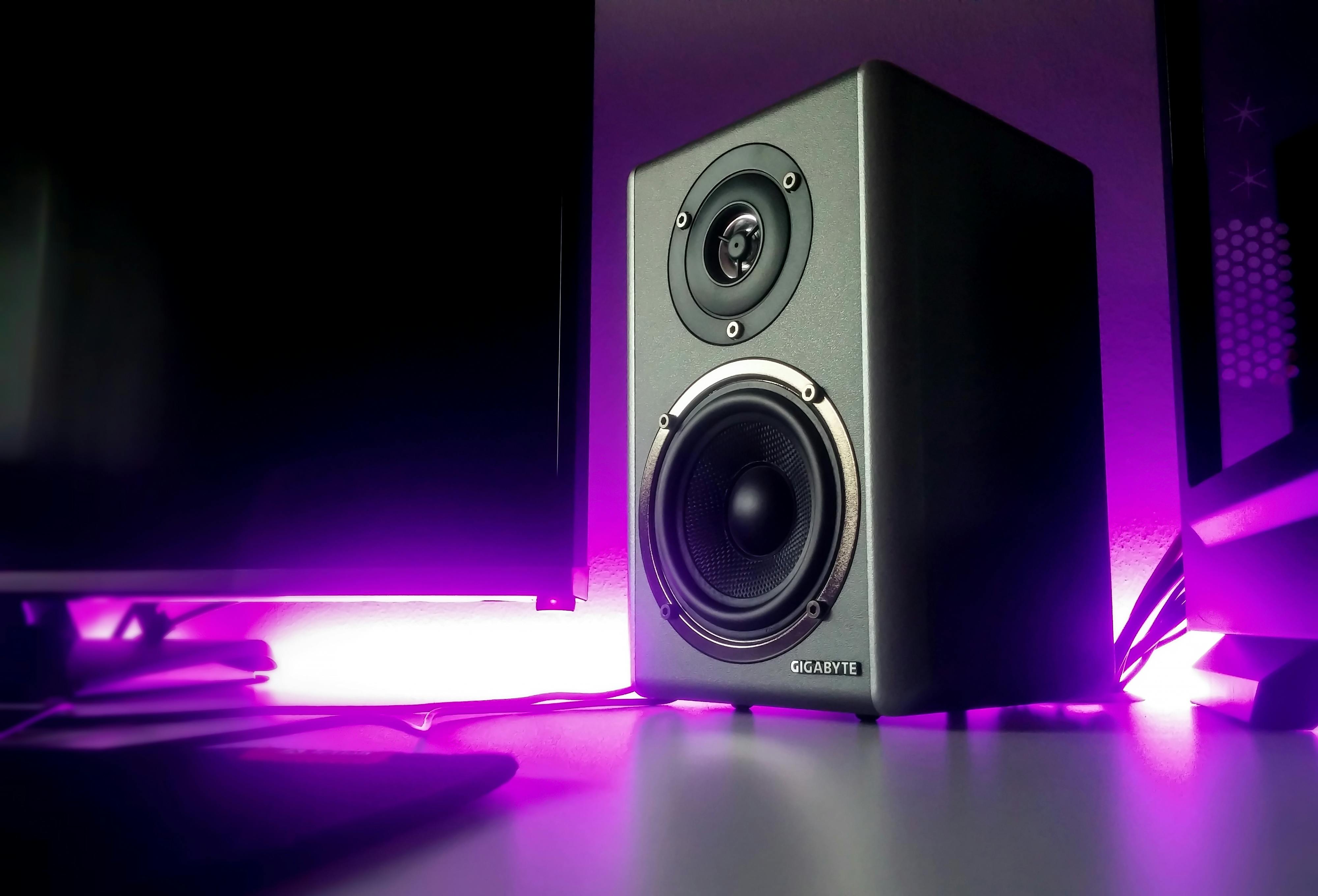
How to get a green computer
Are you running a green computer? You might think that a computer doesn’t require a lot of power. It’s just a little box. You may be surprised to learn that a desktop PC consumes 200 to 400 watts of power. Add a 30-inch monitor and add another 750 watts. A refrigerator only consumes about 725 watts. Surprised? Running a green computer isn’t just about power consumption. The EPA warns consumers that the short lifespan of the average computer combined with the toxic chemicals used to build the parts means that the toxic effects of computer disposal are extremely high.
80 Plus Power Supplies
The first way to run a green computer is to look for an 80 Plus compatible power supply. These power supplies deliver only the power needed to run. For example, if you have a 600-watt power supply but your computer requires only 250 watts to run, an 80 Plus power supply will provide 250 watts.
Most conventional power supplies provide more power than a computer needs to run. This wasted power adds up to significant electricity bills, so using an energy efficient 80 Plus power supply saves a ton of money over the course of a year. As an added bonus, 80 Plus power supplies comply with the Restriction of Hazardous Substances Directive and are lead-free. Other manufacturers are beginning to follow suit and release green power supplies, so check the market often to see what’s available.
Choose lead-free components
Building a green computer isn’t just about choosing a green power supply. Lead and other toxic chemicals are found in almost all computer parts made in the United States, although the European Union has developed a set of rules governing toxic materials in computer products. Intel released its first lead-free microprocessors in late 2007, followed by lead-free Ethernet adapters. Unfortunately, many of the other manufacturers that supply computer parts to the United States have not yet done the same, and it is still extremely difficult to build a completely lead-free computer.
Until manufacturers transition to lead-free components, using a green computer means recycling the materials used in construction. Be sure to properly dispose of and recycle lead parts. Contact your local officials or waste management specialists for information on computer recycling and hazardous waste disposal in your area. A great way to build a green computer is to buy refurbished or remanufactured parts and components. Instead of going to waste, those products can reach you, the consumer, at a reduced cost. You get a green computer and save money, compared to the cost of buying new components.
Look for green manufacturers
With increasing demands for energy efficiency, many computer manufacturers are now offering eco-friendly computers with energy-efficient power supplies and energy-saving components. Computer manufacturers advertising low-power PCs and laptops include Dell, Fujitsu, HP, and Lenovo. Until lead-free components really take off in the United States, the greenest computer you can get is a low-power model from one of these manufacturers.
power management
An easy way to make a computer green is to use its built-in settings. Both Windows and Macintosh computers include power management features that put the computer, hard drive, and monitor into a low-power sleep mode after a preset period of inactivity. For optimal power efficiency, choose power management settings of 15 minutes of inactivity or less. When you move the mouse or press any key on the computer, the power management mode turns off and the monitor, hard drive, and computer are ready for use in a few seconds. Look for this feature on monitors as well to maximize energy savings.
Going smaller is another good way to green a computer. Laptops use significantly less power than desktop computers; 40 to 50 watts compared to 200 to 400, respectively. A smaller flat screen monitor also contributes to a greener computer, as power consumption grows rapidly with the size of the monitor.
Look for the star of energy
The Energy Star program administered by the US government provides guidelines for the energy consumption of most electronic devices. To earn an Energy Star, a computer must offer the lowest available power consumption in sleep, standby, and full use modes. For monitors, a formula based on screen size is used to determine power consumption, but all qualified monitors must use 2 watts of power or less in sleep mode and 1 watt of power or less when they are off.
Searching Energy Star will help you choose a green computer and monitor, but you’ll find a limited number of options available. Most currently available computers and monitors are not Energy Star eligible, but manufacturers are working to reduce power consumption. You may pay more up front for a green computer, but the investment will pay for itself over time in energy savings and the knowledge that you’re helping to care for the environment.